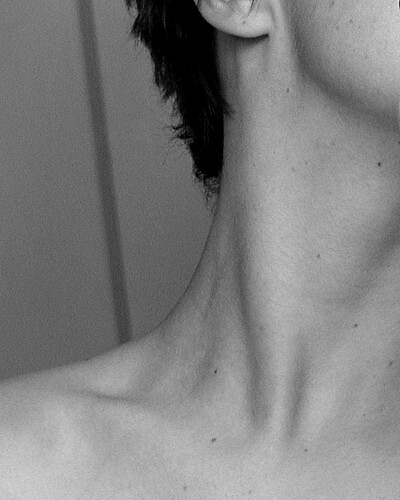Merriam-Webster's Collegiate Dictionary, Eleventh Edition, defines homeless as "having no home or permanent residence." Although it is a good definition and a major cause of homelessness, the definition covers the tip of a towering iceberg. Homelessness is much more than being without a home.

Expanding on the Meaning
 There are different degrees of homelessness and different groups of homeless people. Therefore, the homeless condition varies. For instance, the homeless person who lives, sleeps, and walks the streets has a different experience from the homeless person who lives, sleeps, and drives around in a car. The person who walks the streets deals with a full-blown homeless lifestyle. It means living life on a raw level, including complete vulnerability to the elements and dangers of street life. The person who drives around in a car has a similar existence, but the exposure to the elements and dangers are of a lesser degree. The vehicle provides shelter and protection, so the lifestyle is not as severe.
There are different degrees of homelessness and different groups of homeless people. Therefore, the homeless condition varies. For instance, the homeless person who lives, sleeps, and walks the streets has a different experience from the homeless person who lives, sleeps, and drives around in a car. The person who walks the streets deals with a full-blown homeless lifestyle. It means living life on a raw level, including complete vulnerability to the elements and dangers of street life. The person who drives around in a car has a similar existence, but the exposure to the elements and dangers are of a lesser degree. The vehicle provides shelter and protection, so the lifestyle is not as severe.Even though the definition differs, most homeless people will agree that homelessness is a demeaning, unforgiving, and taxing lifestyle. Living on the streets, no matter what form, is unhealthy and dangerous.
What It Means to Be Homeless
Being homeless is excruciatingly painful. Living without a base from which to operate, or a place from which to build a normal life creates a huge void and numerous problems. Faced with extreme limitations and hardships, the homeless person is forced to live like a nomad in a continuous state of survival mode and instability. Because poverty is prevalent in this population, it compounds the problems. All of these issues contribute to an undesirable image, a label, and intangible losses.
Generally the moment a person becomes homeless, he or she is stereotype, stigmatize, and label an outcast despite what caused the displacement. Many of the reasons for homelessness (which will be discussed in another article) do not justify such a damaging label. The homeless person can be a substance abuser, or an executive who lost his or her job and home. What is important to note is that the homeless population has changed dramatically, and it is now a diverse group.
In addition to grappling with a damaging label and stereotyped perceptions, the homeless suffer from intangible and emotional losses. As mentioned above, many homeless people live in abject poverty. Money is an essential necessity in life, particularly because it affords freedom. Freedom to choose. Freedom to make independent decisions. In the homeless lifestyle, these are the first liberties to go. Without money, there is considerable loss of freedom and control.
Then there are the emotional losses. The losses that take a toll on a human being. The homeless lifestyle is so harsh and relentless that over time, it can weaken the strongest resolve. Since homelessness can last anywhere from months to years to decades, there is often a major decline of the human spirit. And along with the loss of the human spirit comes a loss of hope. Hope is the component that sustains a person through a homeless experience. It is the driving force that can help overcome incredible odds. Without hope, homelessness can go from a transitional stage to a fixed lifestyle.
Homelessness is a life-changing event that affects a person on a primal level. A home is a basic necessity for survival. It is the heart and soul of a person and without it, there is no foundation or normalcy. Homelessness is a painful reminder of how vital housing is in life.
Image Credits: DeeMo via photopin cc
JasonLangheine via photopin cc


